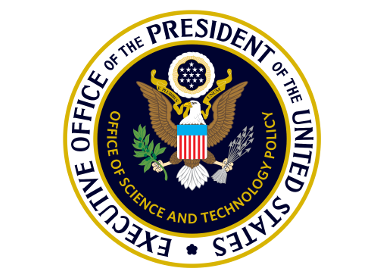Daniel Akins
City College of New York | New York, NY | 2000

Contact Information
CUNY City College
Professor of Chemistry
akins@ccny.cuny.edu
https://www.ccny.cuny.edu/profiles/daniel-akins
New York
NY
10031
Biography
Dr. Akins has been a Professor of Chemistry at The City College of New York since 1981, and director of the CUNY-Center for Analysis of Structure and Interfaces since 1988. He holds a doctorate in physical chemistry from the University of California at Berkeley, received in 1968. His mentor at Berkeley was Dr. C. Bradley Moore. From 1968 to 1969, Dr. Akins was a post doctoral associate at the Institute of Molecular Biophysics at The Florida State University (FSU), under the guidance of Dr. Michael Kasha, director. From 1969 to 1970 he served as a visiting assistant professor in the Chemistry Department at FSU. In 1970, Dr. Akins joined the faculty of the Chemistry Department of the University of South Florida, in Tampa, where he rose through the ranks from assistant to associate professor of physical chemistry. In 1977, Dr. Akins took the reins as visiting program director of the physical chemistry subsection of the Dynamics Program at the National Science Foundation. After directing the Dynamics Program for two years, in 1979 Dr. Akins assumed a position as a senior scientist at the Polaroid Corporation, until 1981. Dr. Akins has been published in numerous professional journals. He has extensively lectured at conferences and universities, both national and international. Dr. Akins is a member of several professional organizations, including the American Chemical Society and the Society for Applied Spectroscopy. His principal research focus involves quantum properties of molecular nanostructures and the exploitation of such properties for formulating new nanomaterials with uses in molecular photonic devices (MPDs) and/or chemical sensors. Small groupings of molecules (principally, in our case, so-called molecular aggregates) serve as the active agents. For MPDs the same types of photonic/optoelectronic applications as systems derived from epitaxially prepared inorganic semiconductor superlattices or conjugated organic polymers are anticipated. For chemical sensor applications, the aim is to form robust and highly manipulable new nanomaterials with unique spectral properties for analyses purposes.
Research conducted, more generally, involves: (1) syntheses of semiconductor and magnetic oxide nanoparticles and nanorods within mesoporous aluminosilicates and silicates; (2) fabrication of carbon nanotubes within various matrices; (3) spectroscopic and dynamical investigations of spontaneous and nonlinear laser Raman scattering by monomeric and aggregated molecules on metallic, semiconductor, vesicles surfaces and encapsulated within mesoporous materials; (4) excited state dynamics and determination of photophysical parameters for cyanine dyes and donor-acceptor systems that involve electron-transfer reactions; (5) Raman investigations of porphyrins in solution or adsorbed onto surfaces; (6) spectroscopic studies of biological tissues and herbs; and (7) quantum chemical calculations of porphyrins and dye molecules.
[REF: https://www.ccny.cuny.edu/profiles/daniel-akins ]



